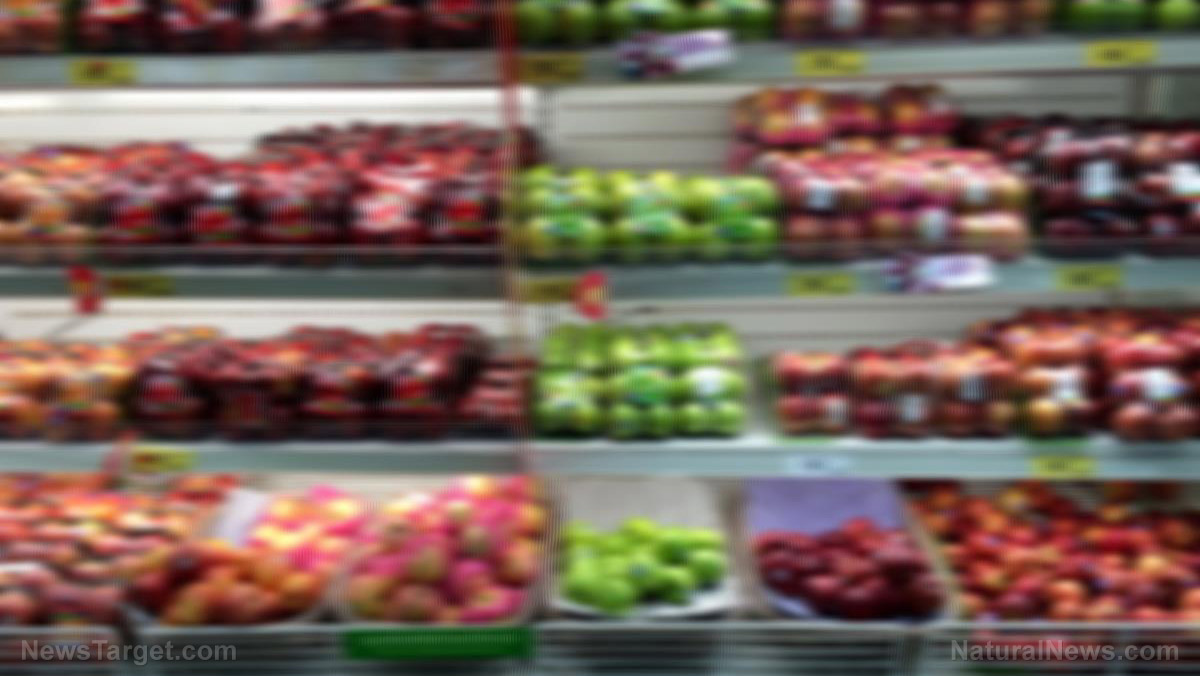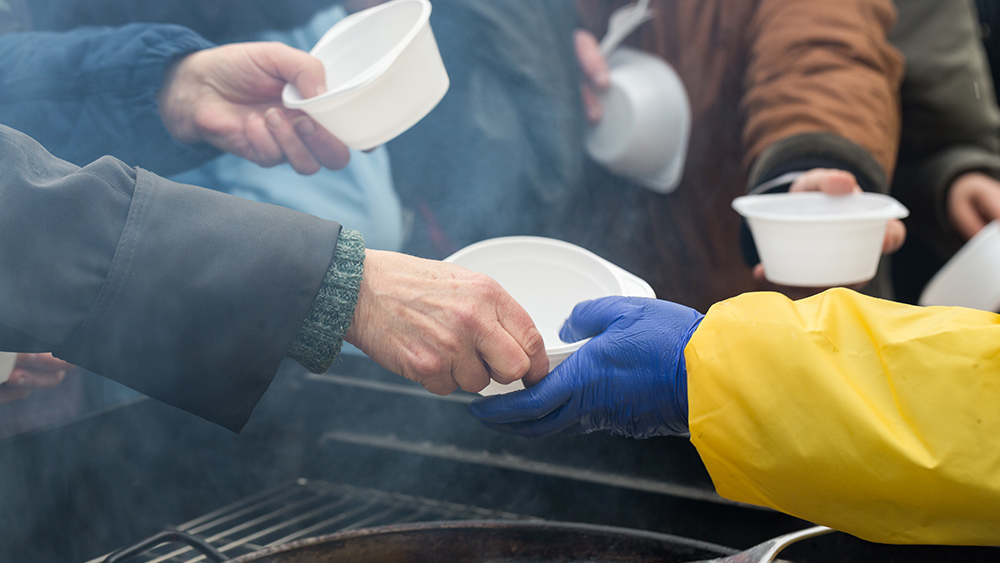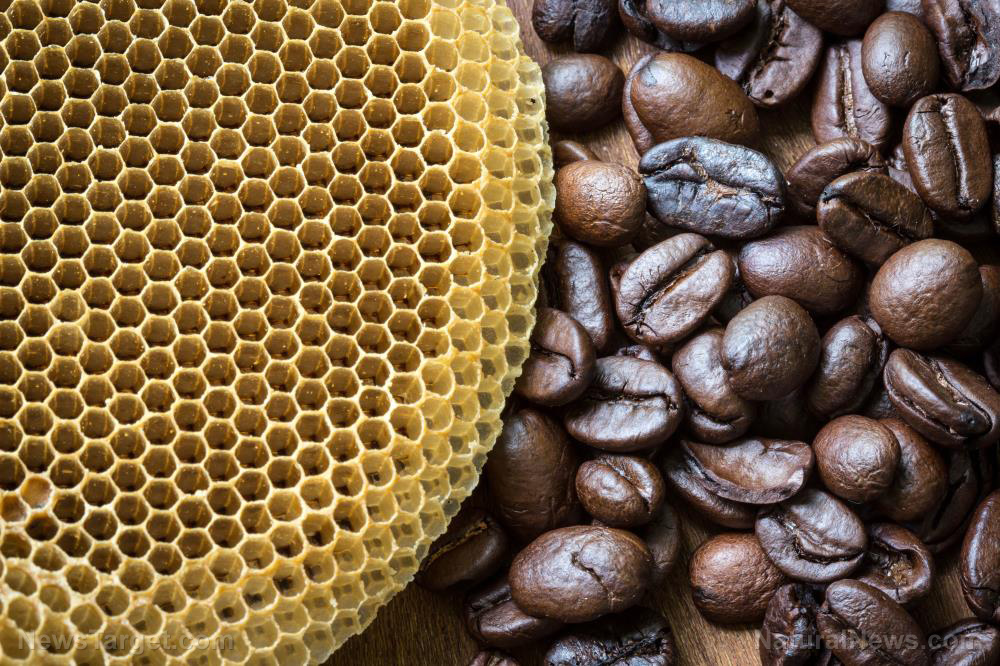World food prices jump to record highs… with no end in sight
09/08/2021 / By Mary Villareal

A new report from the Food and Agriculture Organization (FAO) noted that global food prices are on the rise to near-decade highs.
The Rome-based organization released a statement that said after two consecutive months of declines, the world food prices jumped in August due to gains in sugar, vegetable oils, and cereals.
Rise in price index
The price index follows the international prices of globally traded food commodities. It averaged 127.4 points in August, up 3.9 points from the previous month, and 31.5 points from the same period last year.
The Sugar Price Index became the most significant driver of food prices due to the frost damage to crops in Brazil. This is followed by the Vegetable Oil Price Index, which rose 6.7 percent in the last months due to below-potential production.
Malaysia, which is the world’s second-largest producer of palm oil, is facing a perfect storm in production that will likely drag stocks to their lowest levels in five years.
More than half a dozen plantation owners also said that lack of workers forced them to extend their harvesting windows from 14 days to as many as 40 days, which compromises the quality of fruit and risks the loss of some parts of the bunches.
“It is especially bad in Sarawak. Some companies are seeing production falling by 50% because of the shortage of harvesters,” a plantation manager, who requested to remain anonymous, said.
The combination of global droughts, volatile weather, labor shortages, and supply chain disruptions have all contributed to the rapid rise in food prices over the past year. There are no signs of food inflation slowing down any time soon, and this could cause socio-economic turmoil in emerging market economies. (Related: Is there any end to skyrocketing food prices?)
First-world countries like the United States and Europe haven’t been affected as much yet, but consumers may start to see the difference as supermarket prices are expected to jump in the fall.
Even as restaurants and other businesses re-open in the U.S. and parts of Europe, the delta variant is spreading in places such as Southeast Asia, which curbs primary production. Effects of the pandemic are also still causing problems. For instance, COVID outbreaks continue, forcing temporary closures and border restrictions. In some places, there are also problems with local issues such as dangerous conditions brought about by record U.S. heatwaves.
Soybeans, for instance, have been severely affected by the drought, and the USDA lowered its production forecast by 1.8 million tons in August compared to the previous month. This is expected to cut U.S. soybean stocks to eight-year lows, and soy oil exports to decade lows.
Sky-high prices expected to continue
Abdolreza Abbassian, a senior economist at FAO expects prices to continue to rise. “High prices are usually the best solution for high prices in that farmers, producers respond. But of late, there’s a new factor with less control than the past, and that is the weather situation.”
Oscar Tjakra, a senior analyst at food and agribusiness research at Rabobank said that everyone along the supply chain is absorbing some of the higher costs, and that it is expected to continue next year.
Global consumers are already facing economic uncertainties due to the COVID-19 pandemic; however, further increases in edible oil prices will take a toll on many livelihoods.
Moreover, the shortage of workers threatens to further add costs, whether through wage increases or supply shortfalls. This is not expected to end with the pandemic, either: workers employed in the agricultural sector have been falling for decades.
Several countries have already recorded big jumps in fool inflation costs in the past months, and the price pressure may continue to rise as edible oil costs are passed on by suppliers, leaving consumers with little choice, but to pay up for staple goods.
Read more updates at Bubble.com.
Sources include:
Tagged Under: economy, FAO, Food and Agriculture Organization, food inflation, Food Price Index, food prices, groceries, Inflation, poverty, price surge, prices, starvation
RECENT NEWS & ARTICLES
COPYRIGHT © 2017 FOOD COLLAPSE





















